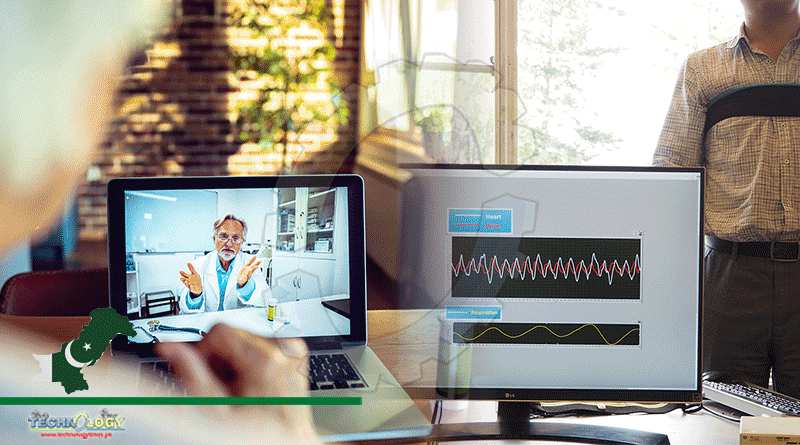The UBC research team will also determine how the touchless technology can be applied in different settings, ranging from community to patient.

When COVID-19 emerged, healthcare providers across the nation moved quickly, adapting their practices and embracing digital tools to communicate with their patients remotely.
“COVID-19 changed everything. The medical world turned virtual almost overnight,” recalls Dr. Kendall Ho, professor in the faculty of medicine’s department of emergency medicine.
But the rapid shift from mainly in-person visits to widespread virtual care hasn’t come without its challenges—chief among them is the difficulty health care providers now face measuring and monitoring patient vital signs remotely.
“During a virtual visit, a patient could be speaking normally, but their heart rate could be very high, or their oxygen saturation levels could be dangerously low,” says Dr. Ho.
Today, Dr. Ho, who is an emergency doctor and leads the UBC faculty of medicine’s Digital Emergency Medicine Unit, is hoping to change that.
In partnership with National Research Council of Canada (NRC), Dr. Ho is investigating whether a new contactless sensing technology can be integrated into existing virtual care platforms to boost patient care.
Using built‑in cameras in laptops, cellphones and other portable devices, the new software, developed by the NRC’s Medical Devices Research Centre, would enable healthcare providers to remotely receive near real‑time readings of patients’ vital signs—ranging from their temperature, breathing rate, heart rate, and blood oxygen saturation levels.
“The COVID 19 crisis has spurred us to better understand where our health gaps are, and where the touchless technology can help redefine our health system.”
Dr. Kendall Ho
“Health‑care professionals are already using computers and cameras for virtual care and patient management, but they need objective data on hand to help them confirm diagnoses and prescribe treatments online,” says Di Jiang, team lead at the NRC’s Medical Devices Research Centre.
“In a video, many details are not perceivable by a viewer. Still, software and algorithms can now use even minute fluctuations in someone’s appearance to extract interesting physiological information,” adds David Rivest-Hénault, research officer at the NRC’s Medical Devices Research Centre.
While some contactless sensors exist, Rivest-Hénault points out that their reliability, accuracy and robustness need to be confirmed through additional research and validation.
That validation is where UBC’s Dr. Ho steps in.
With $147,000 awarded by the NRC’s Pandemic Response Challenge program last fall, Dr. Ho and his colleagues in the Digital Emergency Medicine Unit are now analyzing and validating the vital-sign assessment software with ER patients at the UBC Hospital.
“Our clinical analysis of blood oxygen levels and other vital signs will reveal how the system can be integrated into virtual care,” says Dr. Ho.
The UBC research team will also determine how the touchless technology can be applied in different settings, ranging from community and emergency care visits, and adapted for contact tracing and patient follow up.
“The COVID‑19 crisis has spurred us to better understand where our health gaps are, and where technology can help redefine our health system,” says Dr. Ho. “This tool contributes to that system, which not only helps us now, but may well have a lasting legacy to transform the way that health professionals partner with patients to support their wellness at home.”
The UBC Hospital validation phase is likely to run until July 2021, when patients will be provided access to the NRC’s vital‑sign assessment software from their own devices. Clinical trials in various ER departments across Canada will hopefully begin in late 2022. If the testing yields solid data, the NRC will facilitate mechanisms for deployment.
Originally published at UBC MED
